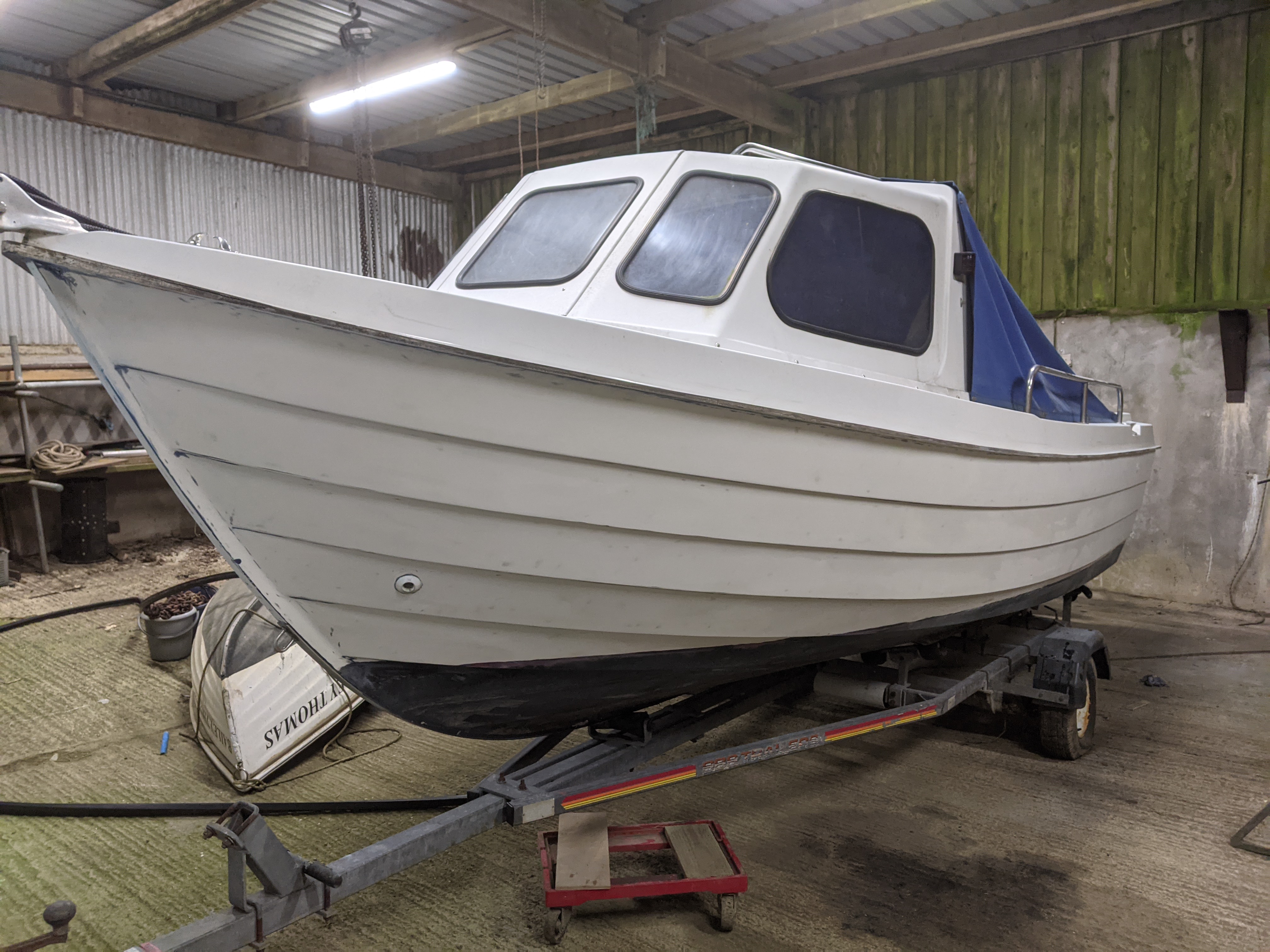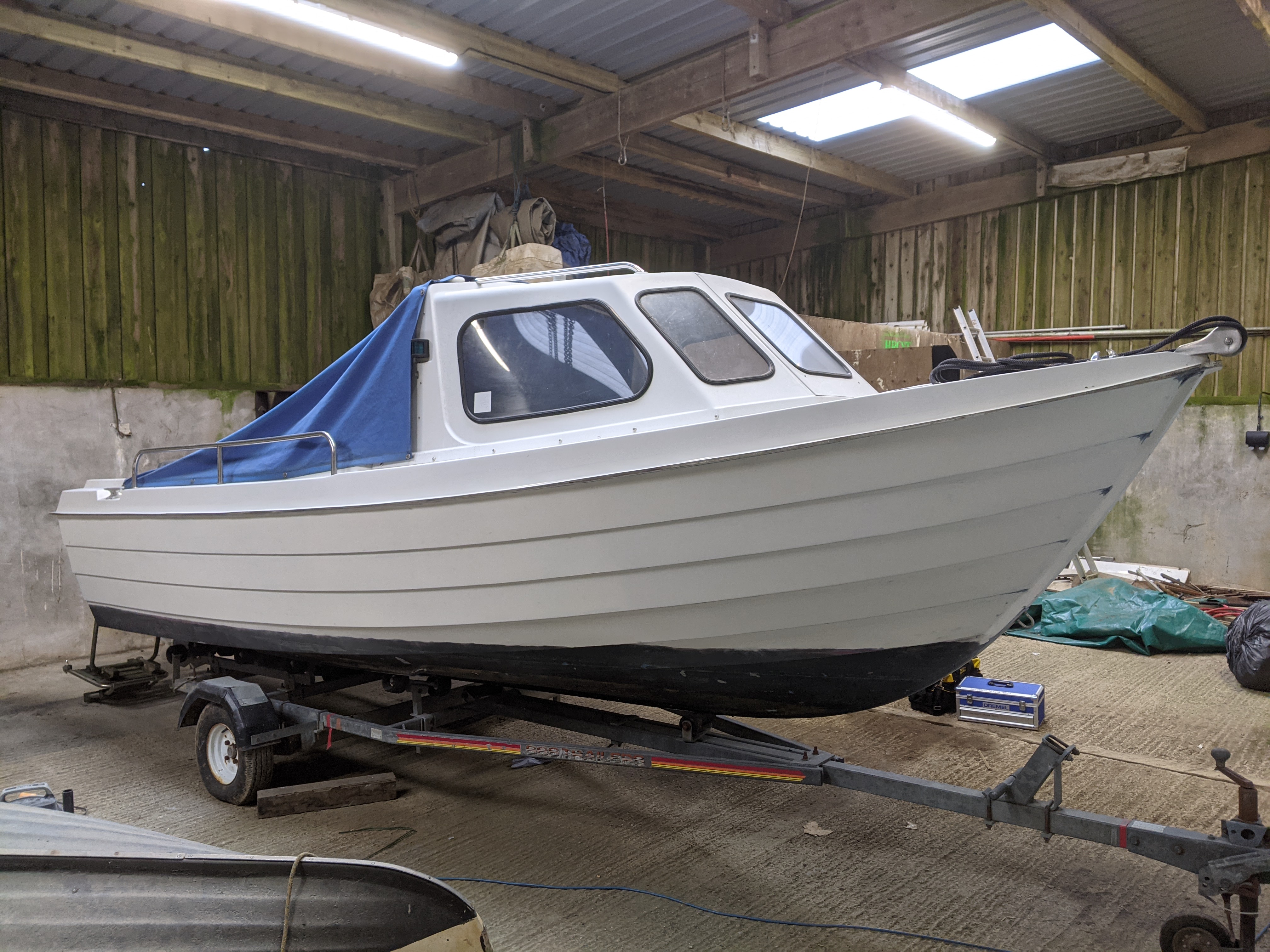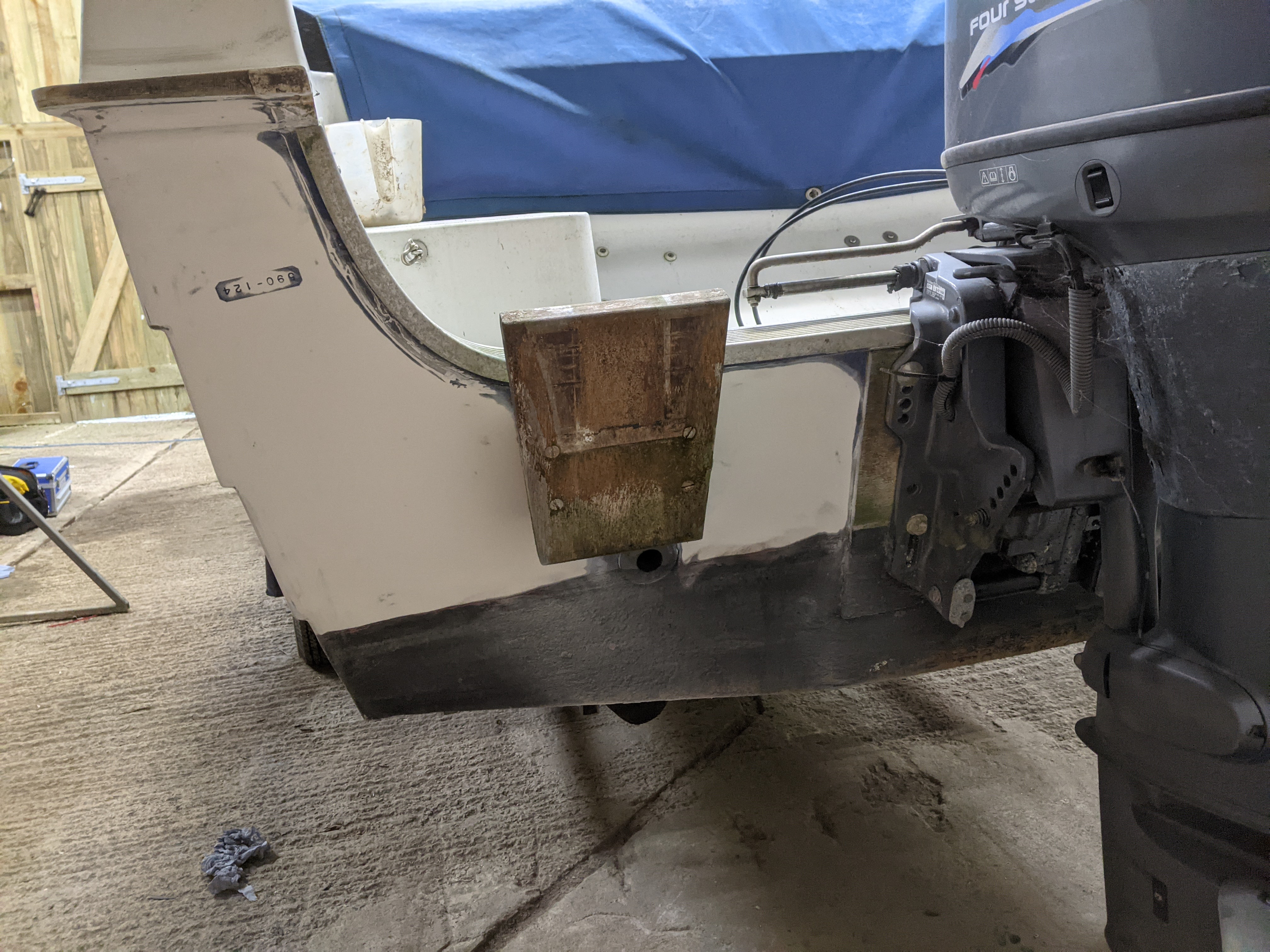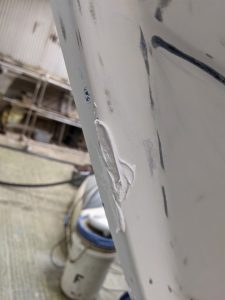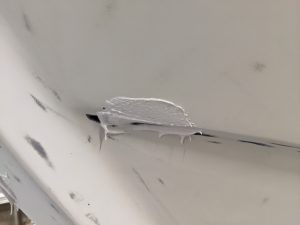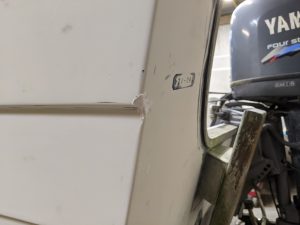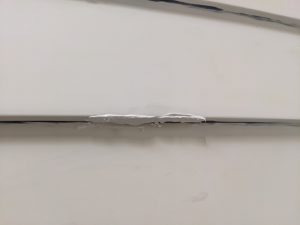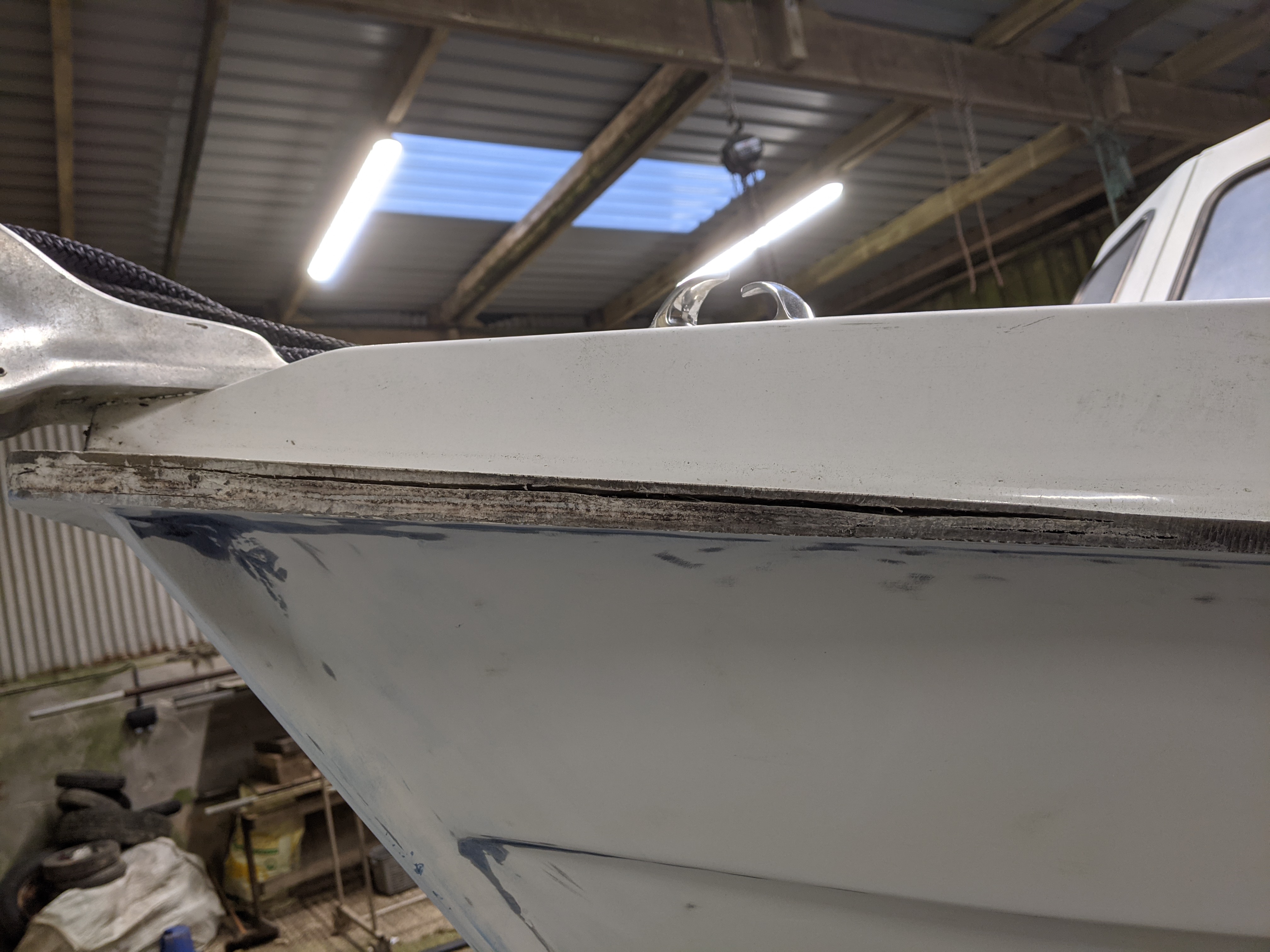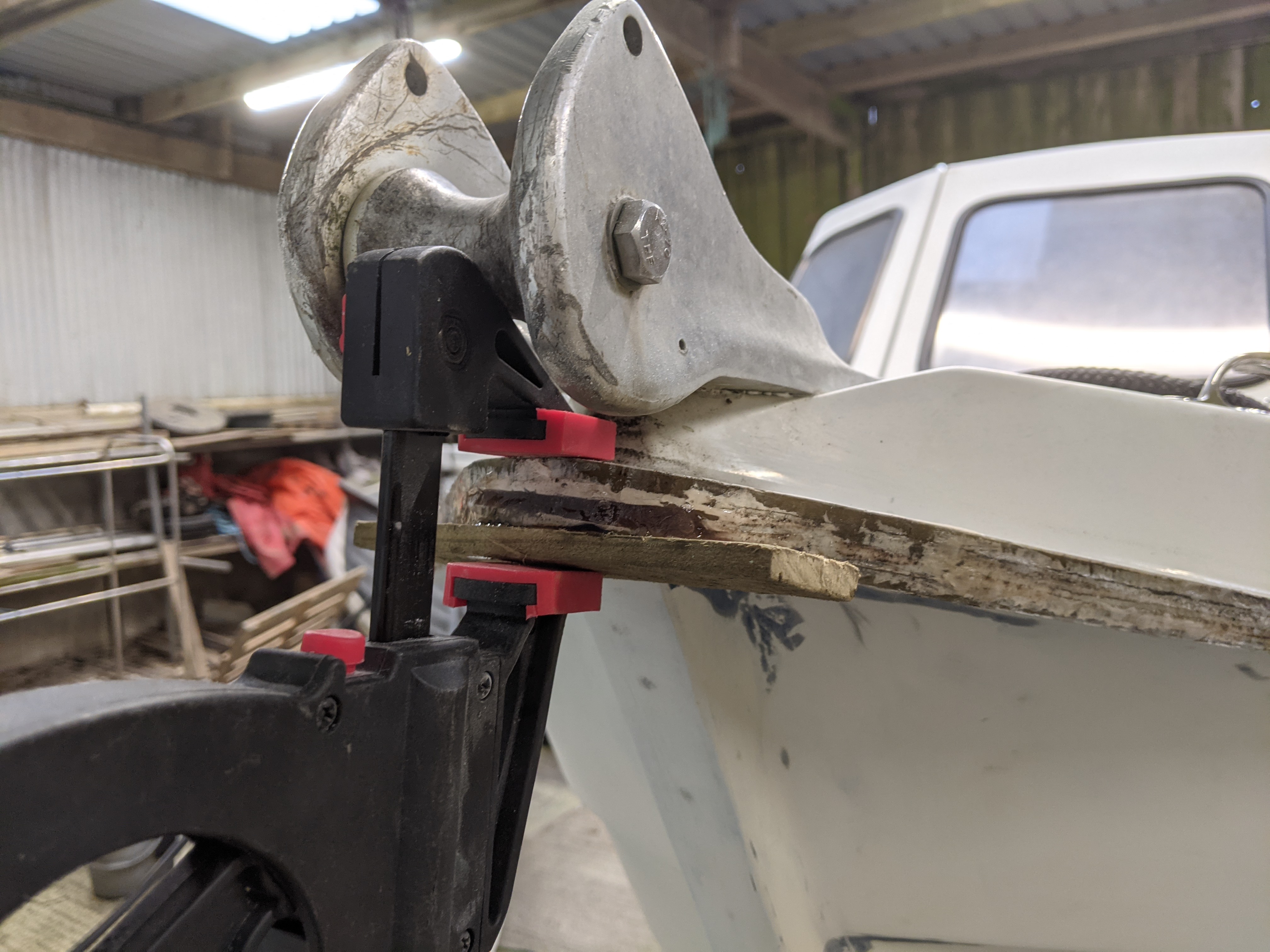As a boat owner it is part of the experience to try to take on maintenance jobs yourself.
As a boat owner without much money it is mandatory!
Since buying my Sadler 26 ‘Mandarin’ in 2017, I have gained a lot of skills and some experience in all sorts of boat maintenance areas. From how to treat osmosis blisters to how to service a diesel engine. I have had lots of help from some very friendly and experienced people along the way, which has given me much more confidence than if I had relied solely on the internet!
Youtube and sailing forums are great, and there are a lot of folks who will gladly offer their help. The disadvantage of this, I have found, is that there are often several different ways of achieving a task and some people have quite strong opinions on which is correct. For the novice this causes untold anxiety as having a lot of different solutions is about as helpful as having none!
Professional training is of course the other way of learning and during summer 2020 I was lucky enough to attend a 1 day course covering fiberglass, gelcoat and plastic welding repairs at West Country Boat Repairs.
Learning these skills professionally has given me a very good starting point to develop my experience. It is just a starting point however as different substrates, atmospheric conditions, temperature and products all mean that learning by trial and error is still the best way of becoming truly skilled and confident to undertake new projects.
Egret
Spring 2021, and I am asked by an aquaintance if I would use my new found fiberglassing skills on his Orkney 522 which initially was thought to be vinyl wrapped. It had made contact with the pontoon on occaisions so the starboard side had some chips in the gelcoat and in one place this had opened up a cavity in the lay-up.
Once I got the boat in the workshop, I had a couple of jobs to do before I could commence battle with the ‘vinyl’. The first was to remove the grey vinyl decal strip that ran from bow to stern on boths sides (this actually was vinyl!).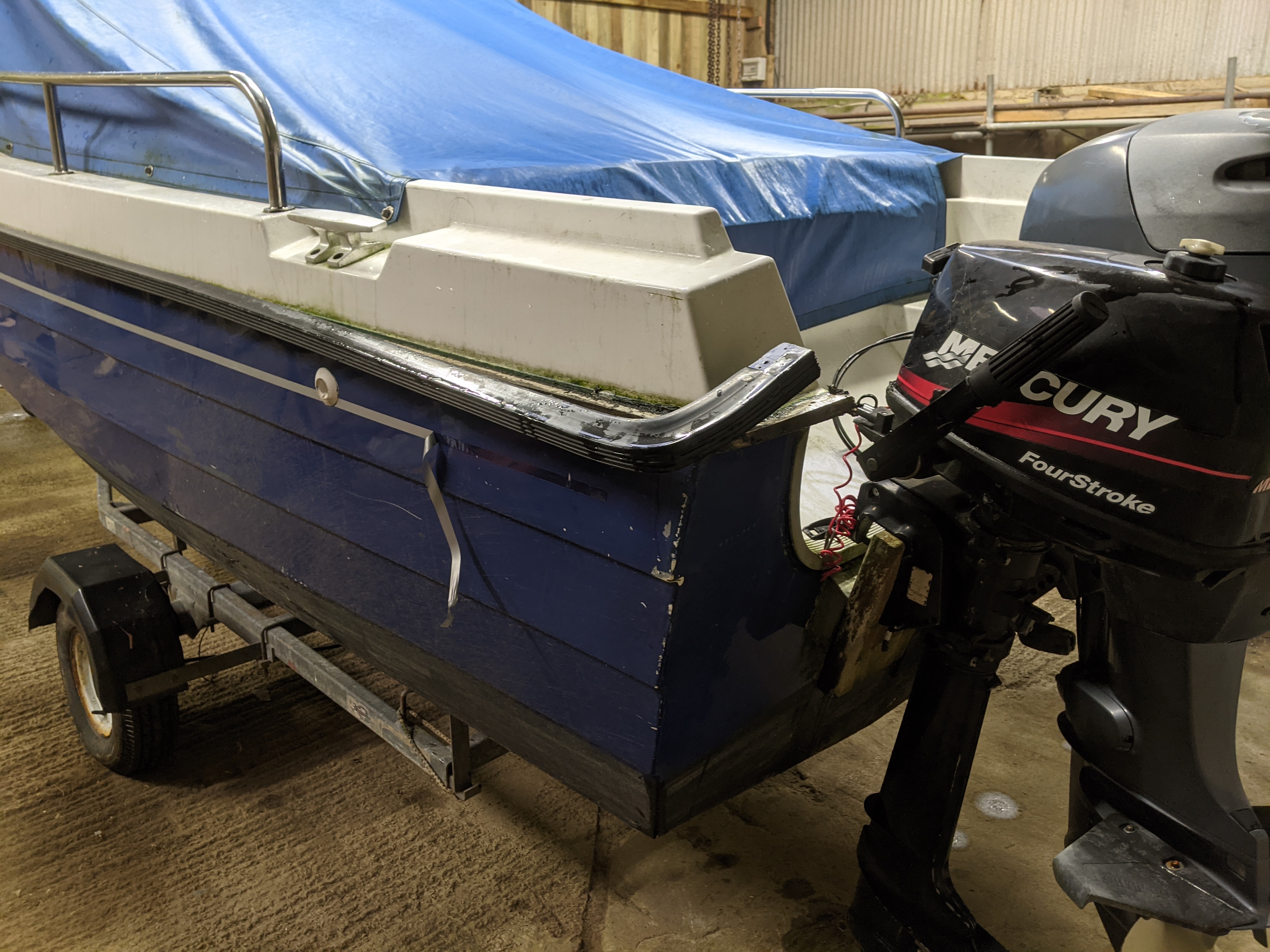 The second was to remove the rubbing strake as the paint was naturally taken up to (almost) the edge of the hull/deck joint. This was thankfully a nice, easy job – a series of self-tapping screws running along the underside of the strake and the rubber came away very easily.
The second was to remove the rubbing strake as the paint was naturally taken up to (almost) the edge of the hull/deck joint. This was thankfully a nice, easy job – a series of self-tapping screws running along the underside of the strake and the rubber came away very easily.
 I tried to heat up the glue behind the vinyl with a heat gun, trying to pickup a corner to start pulling back. It kept coming off in small chips…
I tried to heat up the glue behind the vinyl with a heat gun, trying to pickup a corner to start pulling back. It kept coming off in small chips…
This is crazy I thought, the one way to find out for sure if it was vinyl or paint was to take a sander to it. If the sander got clogged and made a right mess of the surface, it was vinyl. If it took the surface off neatly, creating fine particles it was paint. Thankfully the latter happened.
The paint sanded off really nicely and I decided to take her back through the grey primer layer to white gel coat.
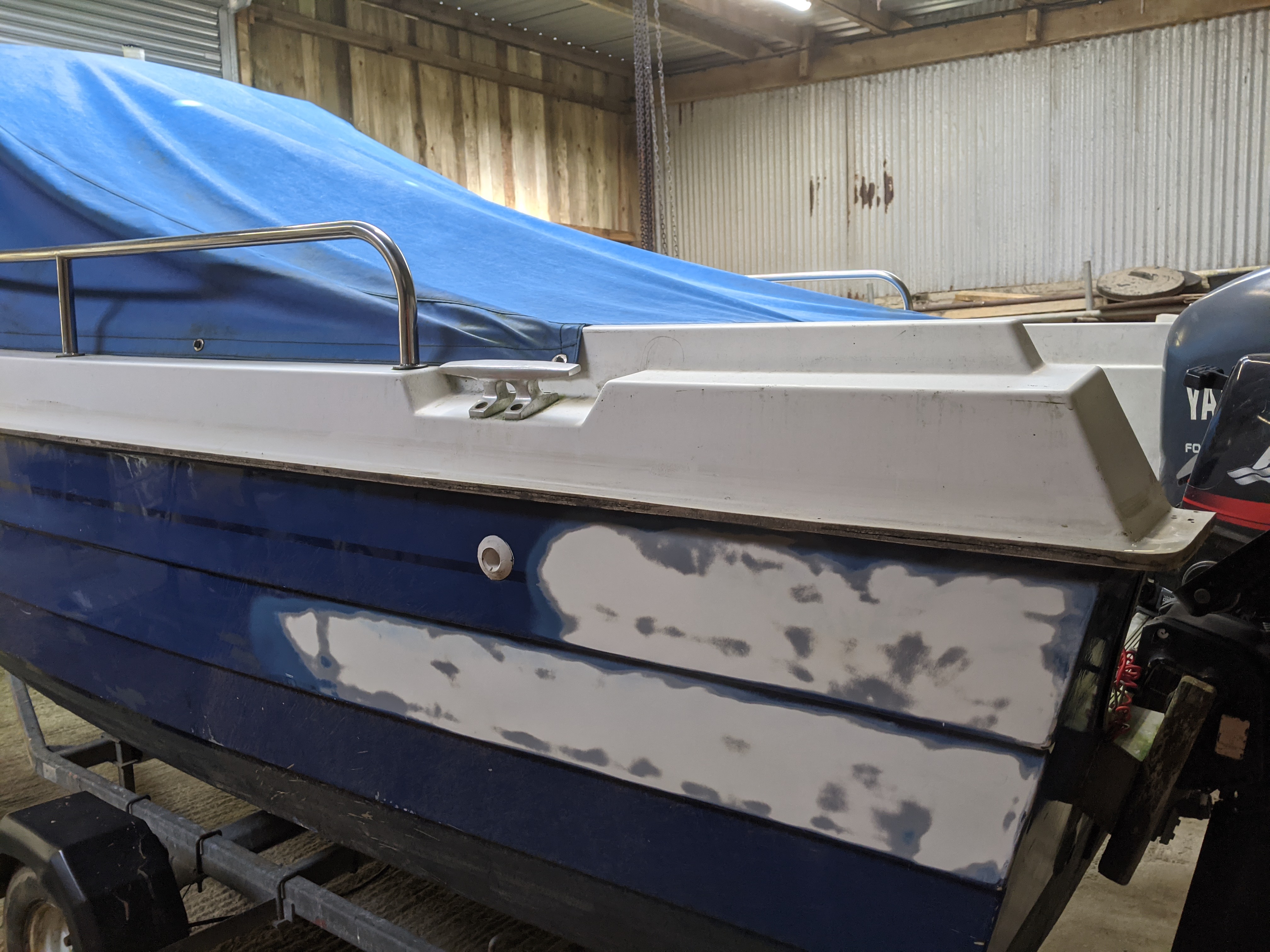
This took some time, mainly due to the chines running the length of the hull which called for some accurate machine sanding and finishing off by hand to avoid taking off too much gelcoat and breaking through to the fiberglass behind.
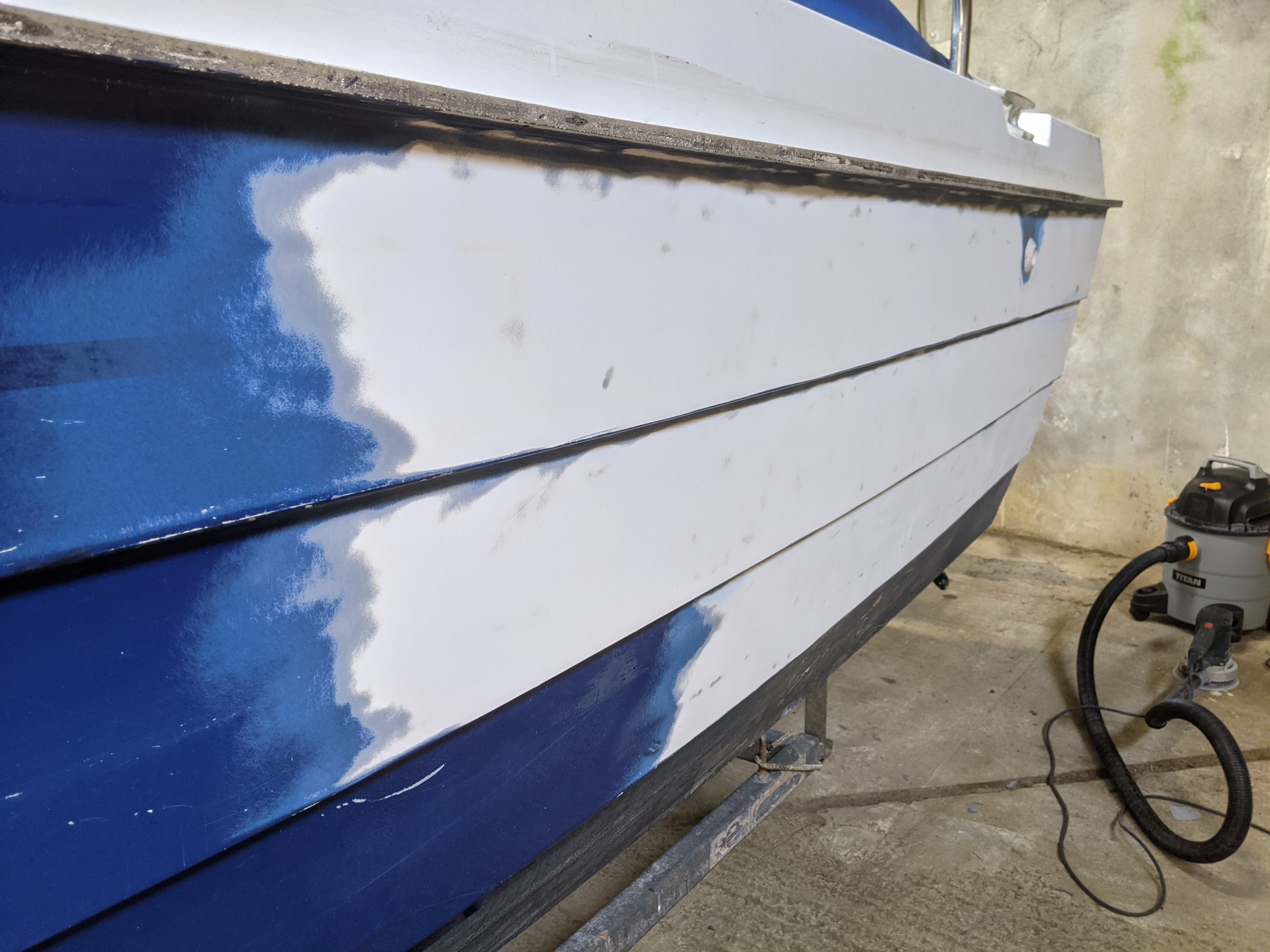
Finally, I got to the end of the sanding phase.
The next job was attending to any areas of the hull where the scrapes had come through the paint and affected the gelcoat. Thankfully there were far fewer of these than you might expect from the original condition of the paintwork.
My first batch of gelcoat was unsucessful. I’d chosen to use clear, unpigmented gel and due to the low temperatures and my being a bit stingy with the catalyst, it didn’t cure.
For my later batches I decided to practice my colour matching (this would all be under three coats of paint so it didn’t matter if I got it a bit wrong!) and was more generous with the catalyst. I had to add quite a lot of anti-gravity powder (colloidal silica) to get a higher viscosity that would allow me to fill the vertical (and in a couple of cases inverted) surfaces without it running straight off.
I also noticed that the hull/deck joint was separating at the bow so I ground out the loose material with a dremel, and filled the void with a standard polyester resin with chopped strands for strength.
This hardened really nicely and did a great job at reinforcing the joint.
After finishing the final sand down of the repairs the hull was ready for painting.
This was something that needed two people and so, due to current Covid-19 restrictions the owner took on this part of the job.
It is very satisfying to be finishing my first post about a marine maintenace contract that I have undertaken. Maybe this will be something I can expand in the future, or maybe it will just provide me with experience for maintaining my own boats.
Meanwhile, Mandarin sits forlornly on the hard. I haven’t been able to work on her for 7 weeks now. Return to normality can’t come soon enough!
